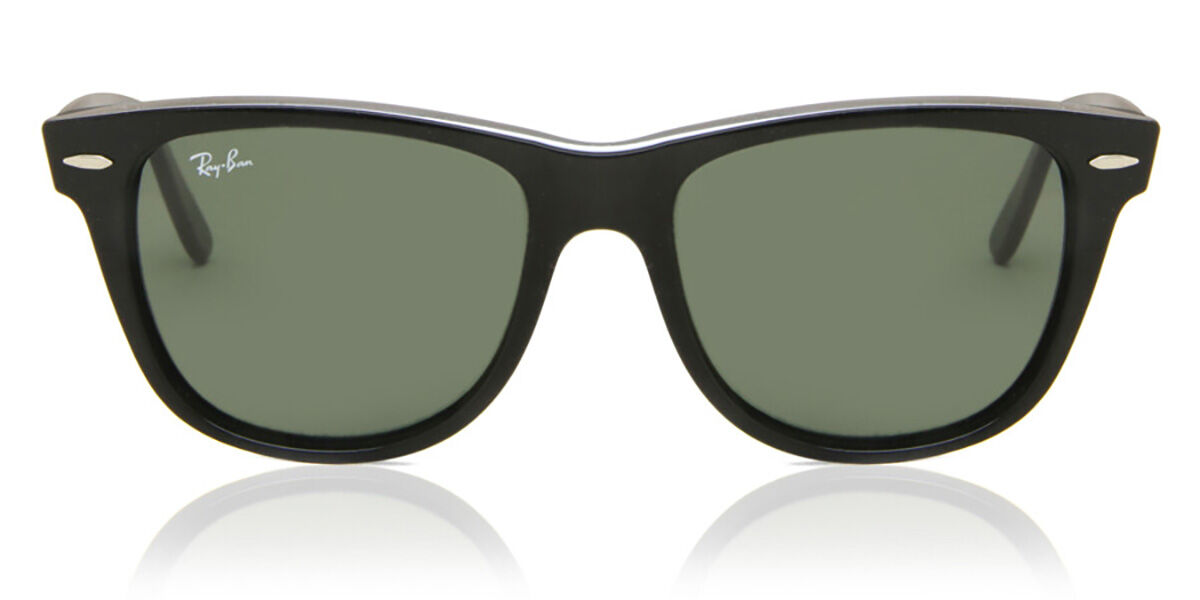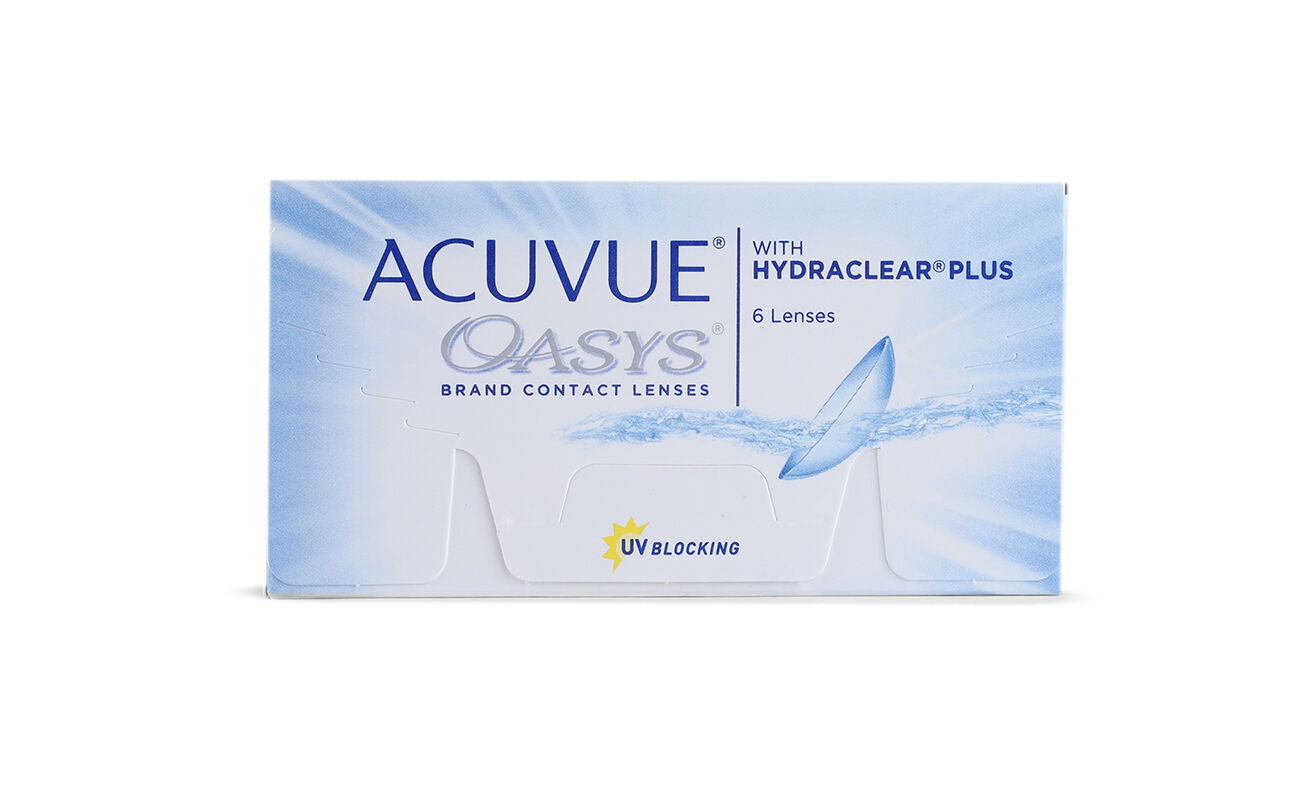Glasses axis Glasses axis – A component of an eyeglass prescription for astigmatism, the axis is a number between 0 and 180 degrees that specifies the orientation of the cylinder correction. It ensures that the lenses are positioned correctly to compensate for the irregular shape of the cornea, helping to provide clear vision.
Category Archives: Glossary
Eye floaters
Eye floaters Eye floaters – Small, shadowy shapes that appear in your field of vision, often described as spots, threads, or cobwebs. Floaters are usually harmless and result from the breaking down of the vitreous humour, the gel-like substance inside the eye, which occurs naturally with age. However, a sudden increase in floaters, especially when …
Glaucoma
Glaucoma Glaucoma – A eye diseases characterised by increased pressure within the eye (intraocular pressure) that can damage the optic nerve. This damage can lead to progressive vision loss. Regular eye exams are crucial for early detection and management, as glaucoma can cause irreversible blindness if left untreated.
Glasses sphere
Glasses sphere Glasses sphere – The part of your glasses prescription that indicates the strength of lens power required to correct nearsightedness (myopia) or farsightedness (hyperopia). The sphere (SPH) value is measured in diopters, with a minus sign (-) denoting myopia and a plus sign (+) indicating hyperopia.
Driving glasses
Driving glasses Driving glasses are glasses/ lenses may incorporate an anti-reflective coating that eliminates the glare from street lights or headlights, helping drivers by reducing the risk of being blinded by light. They’re often worn at night, but driving sunglasses also exist.
Diopter
Diopter Diopter (D) – A unit of measurement used to measure the power of a lens, indicating its ability to bend light. Diopters is the measurement used to record nearsightedness, farsightedness and astigmatism. For instance, a lens with a -2.00 diopter is used to correct myopia, meaning it helps focus distant objects more clearly.
Corneal ulcer
Corneal ulcer Corneal ulcer – A serious eye condition that affects the cornea, usually due to infection from bacteria, viruses, fungi, or parasites. Symptoms include severe pain, redness, discharge and blurred vision. Corneal ulcers require prompt medical treatment to prevent permanent vision loss.
Corneal abrasion
Corneal abrasion Corneal abrasion – A scratch or injury to the cornea, the eye’s clear, protective layer. Symptoms include pain, redness, watery eyes or increased tearing and sensitivity to light. While some corneal abrasions heal on their own, more often they need additional eyedrops to speed up the cell regeneration. They can also sometimes lead …
Conjunctivitis
Conjunctivitis Conjunctivitis involves the inflammation or infection of the conjunctiva, the thin, clear tissue covering the white part of the eye and the inside of the eyelids. Symptoms include redness, swelling, itching and discharge. Conjunctivitis can be caused by bacteria, viruses, allergens (in which case it’s also known as pink eye), or irritants, Bacteria conjunctivitis …
Computer glasses
Computer glasses Computer glasses – Specialised eyeglasses that optimise your vision when working on computers or other digital screens. Their viewing zone is at the correct distance for computer work, thereby reducing digital eye strain and discomfort at intermediate distances. They also tend to come with blue light-blocking coating and an anti-reflective coating that reduces …








































